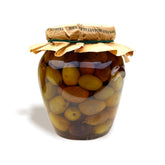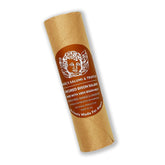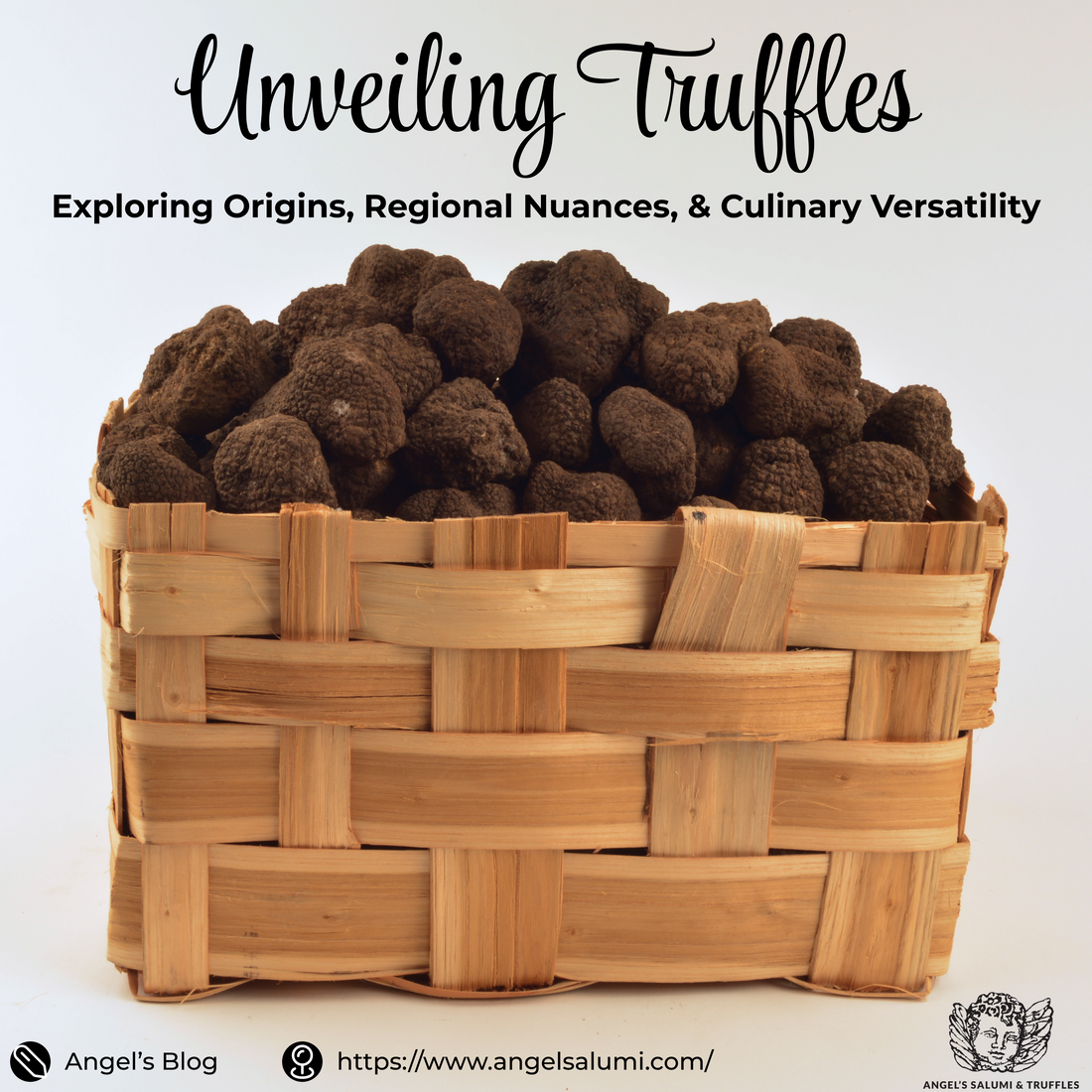Unveiling Truffles: Exploring Origins, Regional Nuances, and Culinary Versatility
Welcome to the captivating world of truffles, where nature's hidden treasures become culinary gems. In this blog, we journey to uncover the mysteries behind truffles—those elusive fungi recognized for their distinct aroma and exquisite flavor. From their mysterious origins to the meticulous harvest process, we'll explore the regional influences that give rise to unique truffle varieties, each with its own taste and aroma. Join us as we delve into the diverse forms through which truffles enrich the culinary realm, from fresh to infused, creating a symphony of taste and aroma that has enamored chefs and gourmands for centuries.
What is a Truffle?
Truffles are a type of fungus that grows underground and maintains a symbiotic relationship with the roots of specific trees, like oak, hazel, and beech. They belong to the Tuberaceae family and are renowned for their pungent aroma and distinctive, earthy flavor. These elusive delicacies come in various species, with the most sought-after being the black truffle (Tuber melanosporum) and white truffle (Tuber magnatum).

Secrets of Truffle Harvesting: Tradition and Sustainability
Truffle harvesting involves a mysterious and time-honored process. It begins with secret locations where truffles grow, passed down through generations. Specially trained truffle dogs, often breeds like Lagotto Romagnolo and Springer Spaniel, use their keen sense of smell to pinpoint ripe truffles hidden underground. Truffle hunters gently unearth the delicacies, leaving the surrounding environment undisturbed for future growth. Cleaned and graded based on size and quality, truffles are carefully handled for maximum quality. This process ensures a delicate balance between tradition and sustainability, preserving the truffle's ecosystem for future generations.
Diverse Truffle Varieties: Regional Flavors and Aromas
Truffles grow in various regions around the world, each region offering unique varieties with distinct characteristics. Some areas renowned for truffle harvesting and the differences between truffles from different countries are as follows:France:
- Périgord Region: Known for producing the prized black truffle (Tuber melanosporum), highly sought after for its rich, earthy flavor and pungent aroma.
- Burgundy: Harvests Burgundy truffles (Tuber uncinatum), similar in taste and aroma to black truffles, but slightly milder.
- Piedmont Region: Famous for white truffles (Tuber magnatum), which are highly aromatic, with an intense garlicky and nutty flavor. These white truffles are often regarded as the most luxurious and expensive variety.
- Aragon and Catalonia: Harvests black truffles similar to the French Périgord truffles, offering a strong, earthy taste.
- Istria: Recognized for its white truffles, akin to the Italian white truffles, known for their pungent aroma and distinctive flavor.
- Wales and England: Produce truffles such as the Summer truffle (Tuber aestivum) and Burgundy truffles, which are less intense in flavor compared to their European counterparts.
- Oregon, California: Harvests the Oregon white truffle, which is similar to the Italian white truffle but typically milder in aroma and flavor.
- Tasmania: Known for producing the French black truffle variety, having a rich, earthy flavor similar to its European counterparts.
Each region's truffles possess unique aromas, flavors, and nuances attributed to their terroir, soil, and climate. The differences in taste and aroma contribute to the allure of truffles, making them prized and sought after in the culinary world. The timing of the harvest, the type of tree the truffles associate with, and the specific environmental conditions all contribute to the distinctiveness of truffles from various regions.
Unraveling Truffle Aromas: Nature's Unique Compounds
The distinct smell and taste of truffles are attributed to a combination of organic compounds present in these subterranean fungi. Specifically, truffles emit a powerful aroma due to various compounds, notably:- Dimethyl Sulfide: This compound is a primary contributor to the unique aroma of truffles. It imparts an intense, earthy scent often described as musky, garlicky, or even slightly metallic. Dimethyl sulfide is a key factor in the unmistakable truffle fragrance.
- 2-Methylbutanal and 3-Methylbutanal: These compounds are responsible for the nutty and slightly sweet notes present in the aroma and flavor of truffles.
- 2-Methylpropanal: This compound contributes to the earthy and mushroom-like scent associated with truffles.
Versatile Truffles: Culinary Elegance in Every Form
Truffles are revered in the culinary world for their unique aroma and distinctive flavor, elevating dishes with their luxurious essence. They can be used in various forms, each lending its own touch of truffle essence to culinary creations:
- Grated/Shaved: Fresh truffles are often shaved or finely grated over dishes, such as pasta, risotto, or salads, imparting their intense flavor and aroma.
- Thin Slices: Delicately sliced fresh truffles adorn gourmet dishes, enhancing their visual appeal and adding depth to the flavor.
- Infused Oils: Olive oil or other neutral oils infused with truffle essence offer an easy way to impart truffle flavor to various dishes, from salads to finishing oils for pasta.
- Compound Butter: Butter infused with truffle essence is a rich and versatile ingredient used in cooking, ideal for enhancing flavors in sauces, spreading on bread, or finishing meats and vegetables.
- Flavored Salt: Truffle-infused salt adds depth and earthiness to various dishes, such as roasted vegetables, meats, or even popcorn.
- Concentrated Flavor: Truffle paste or puree provides a concentrated truffle essence, perfect for spreading on canapés, incorporating into sauces, or mixing into risottos.
- Preserved Truffles: These are often used for convenience, allowing chefs to access truffles at any time of the year. They're used similarly to fresh truffles.
- Dehydrated Form:Truffle powder, made by dehydrating truffles, can be sprinkled over dishes for a subtle truffle flavor.
- Infusion for Sauces: Truffle juice, extracted during the cooking process, can be used to infuse sauces or add depth to braises.
Each form of truffle brings its own unique essence, allowing chefs and food enthusiasts to add depth, aroma, and a touch of luxury to a wide array of culinary creations, making them a prized and sought-after ingredient in the gastronomic world.

In the enchanting world of truffles, we've uncovered the secrets and allure of these subterranean gems. From their symbiotic existence with specific trees to their intricate harvest, we've explored the mystique of these fungi. Each region they grace with their presence bestows its unique flavor and aroma upon these treasures, making truffles a sought-after ingredient worldwide.
Truffle's aromatic charm is the result of a delicate alchemy of organic compounds, creating a scent that's musky, garlicky, and a tad sweet. These compounds intertwine to craft truffles' complex flavors, allowing each variety to express its unique terroir and personality.
But it's in their diverse culinary forms that truffles truly shine, elevating dishes to gourmet heights. Whether finely grated, delicately sliced, infused into oils, butters, or salts, or condensed into pastes, truffles add a touch of luxury to every culinary creation.
The world of truffles is one of mystery and delight, celebrated by chefs and gourmands alike. It's a culinary journey that spans cultures and regions, offering a symphony of tastes and aromas that have enraptured palates for centuries. So, embrace the enchantment of truffles and let them elevate your culinary adventures to new heights.






